Discover Fujian: A journey from Shanghai to China’s coastal gem
Under China's 240-hour visa-free transit policy, international travelers can immerse themselves in Fujian province — a land of misty mountains and ancient maritime heritage. Starting from Shanghai, this 7–10 day itinerary seamlessly blends modern convenience with cultural depth, offering a vibrant mix of history, nature, and food.

From Shanghai to Fujian
By Air
Fly directly from Shanghai Pudong International Airport or Shanghai Hongqiao International Airport to major Fujian hubs like Fuzhou Changle International Airport or Xiamen Gaoqi International Airport in 1.5–2 hours. Airlines such as China Eastern, Xiamen Airlines, and Spring Airlines operate frequent daily flights.
By High-Speed Rail
For a scenic journey through China's eastern landscapes, take a high-speed train from Shanghai to Wuyishan, Fuzhou or Xiamen. The trains pass by coastal plains, tea terraces, and historical cities like Hangzhou and Wenzhou. Opt for standard seats so you can mingle with locals or upgrade to business class for added comfort.
Fujian's Cultural & Natural Highlights
Fuzhou: Gateway to Tradition
Three Lanes and Seven Alleys (Sanfang Qixiang): Stroll through courtyards dating back to the Ming (1368-1644) and Qing (1644-1911) dynasties, where calligraphy shops and tea houses whisper tales of scholars and poets.
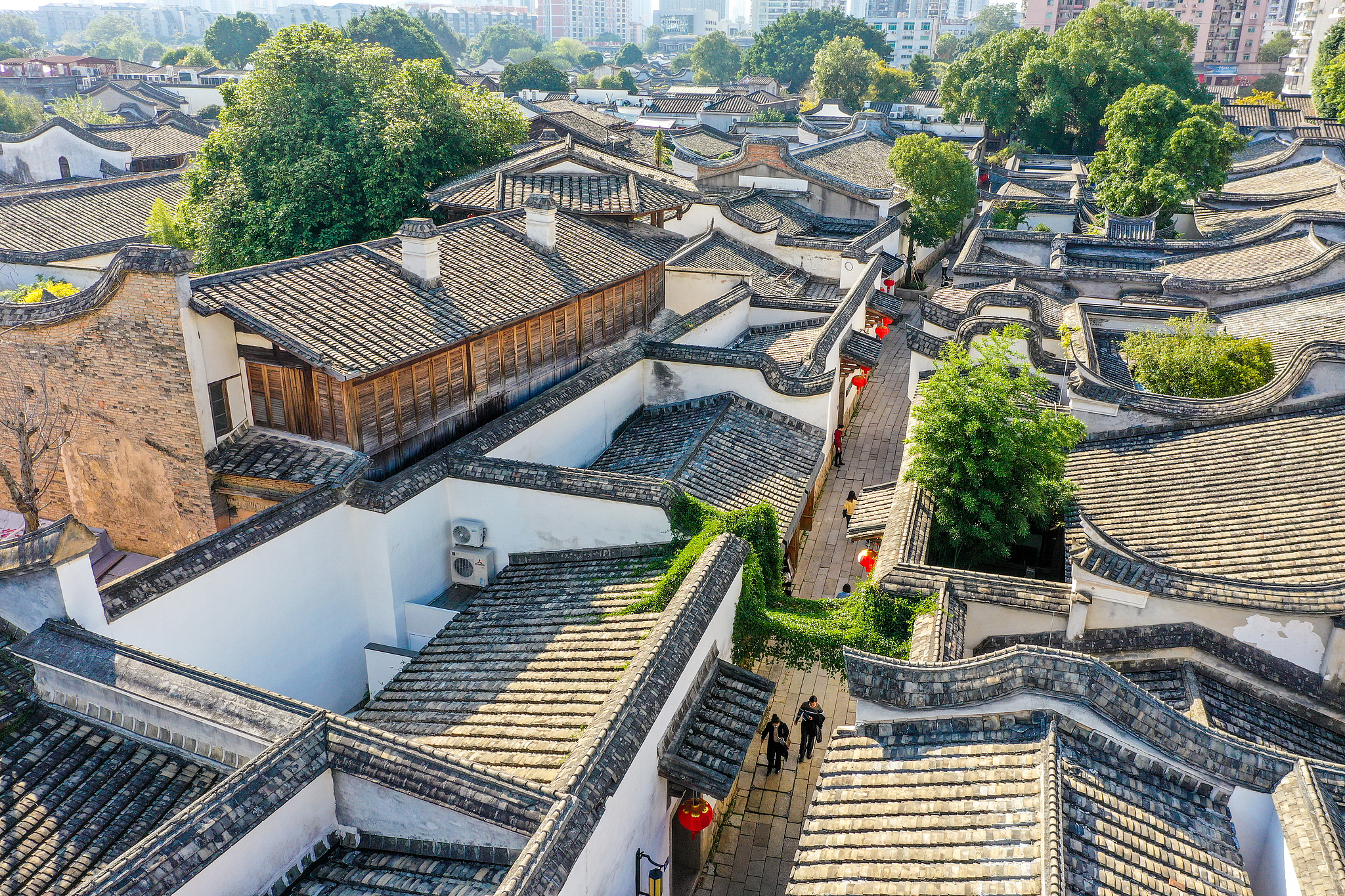
Xiamen: Coastal Charm
Gulangyu Island: A World Heritage site renowned for its delicate natural beauty, ancient relics, and varied architecture. Wander car-free streets lined with foreign-style villas and piano museums, which have earned it the nickname "Island of Pianos".
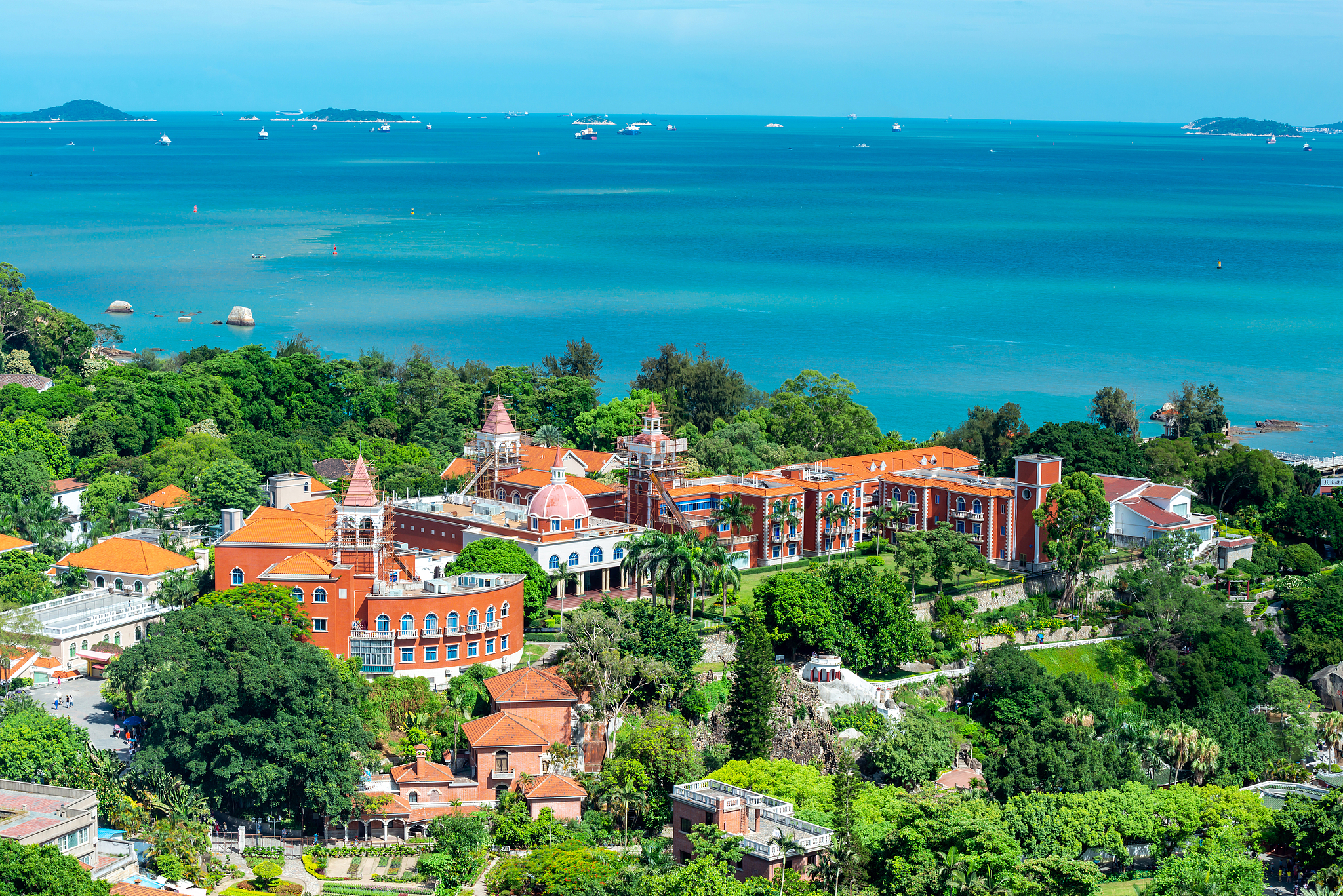
Wuyi Mountain: UNESCO World Heritage
Riding a Bamboo Raft Along the Nine-Bend River: Drift past towering karst peaks and tea plantations, a scene immortalized in Chinese poetry. Visit the Dahongpao Tea Garden to taste rock tea cultivated since the Tang Dynasty (618-907).

Fujian Tulou (Earthen Buildings)
Tianluokeng Tulou Cluster: Marvel at UNESCO-listed circular fortresses in Nanjing county, where Hakka communities have thrived for centuries. Participate in a Hakka glutinous rice cake-making workshop and learn about communal living traditions.
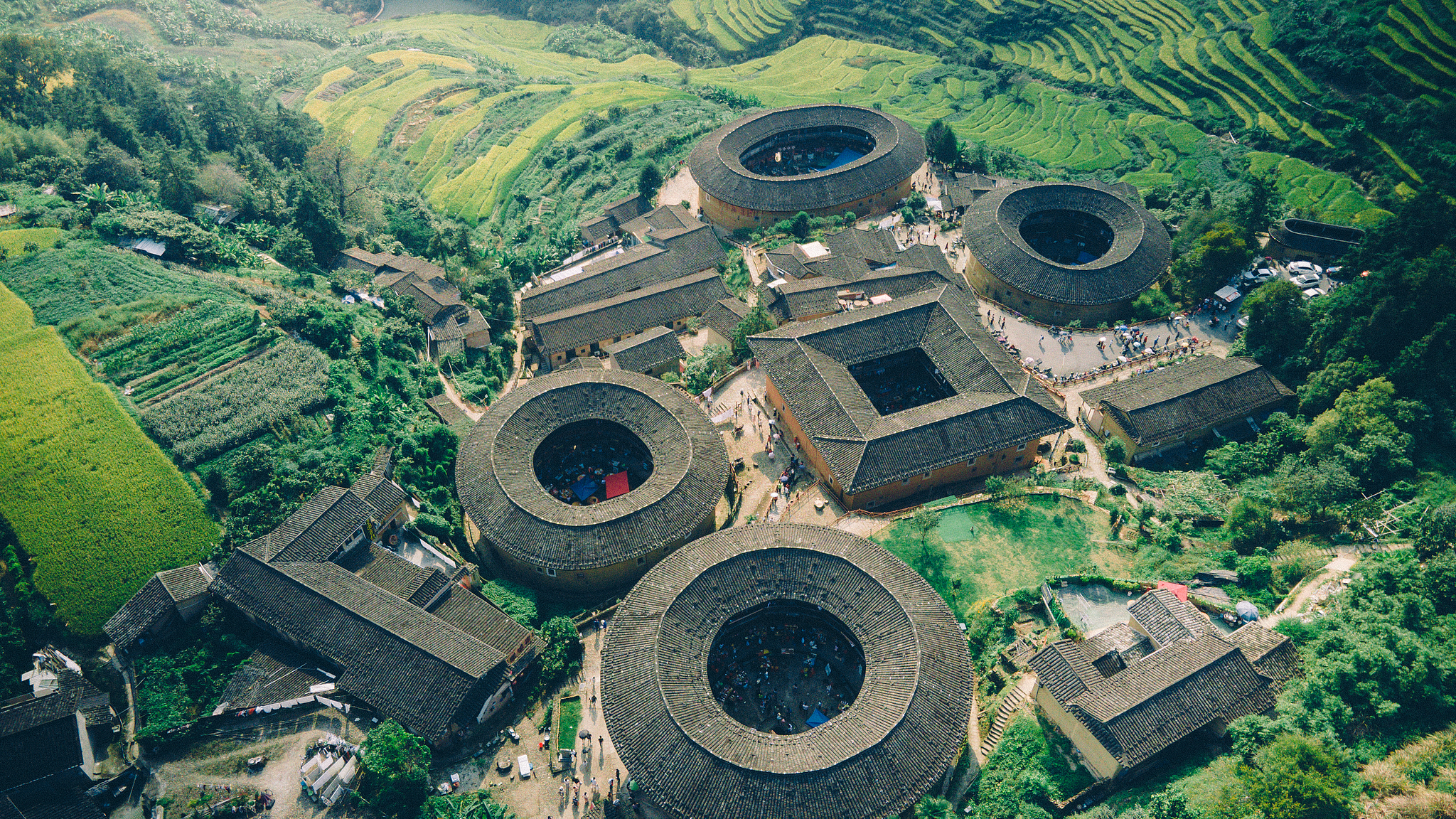
Fujian Cuisine: A Symphony of Flavors
Fujian's cuisine — light, umami-rich, and shaped by maritime trade — delights every palate:
Buddha Jumps over the Wall (Fotiaoqiang): Indulge in this luxurious stew of abalone, shark fin, quail eggs and more, a dish once reserved for emperors.

Shaxian Snacks: They're more than just a global restaurant chain – visit Shaxian county for bianrou (literally, flat meat), banmian (noodles with soy sauce and peanut butter), and taro dumplings, paired with stories of migrant culinary entrepreneurship.

Quanzhou Ginger Duck: Slow-cooked with sesame oil and medicinal herbs, this aromatic dish epitomizes Fujian's fusion of nourishment and flavor.
Cultural Dining Experiences
Tea Ceremonies in Wuyi Mountain: Sip oolong tea in a cliffside pavilion.
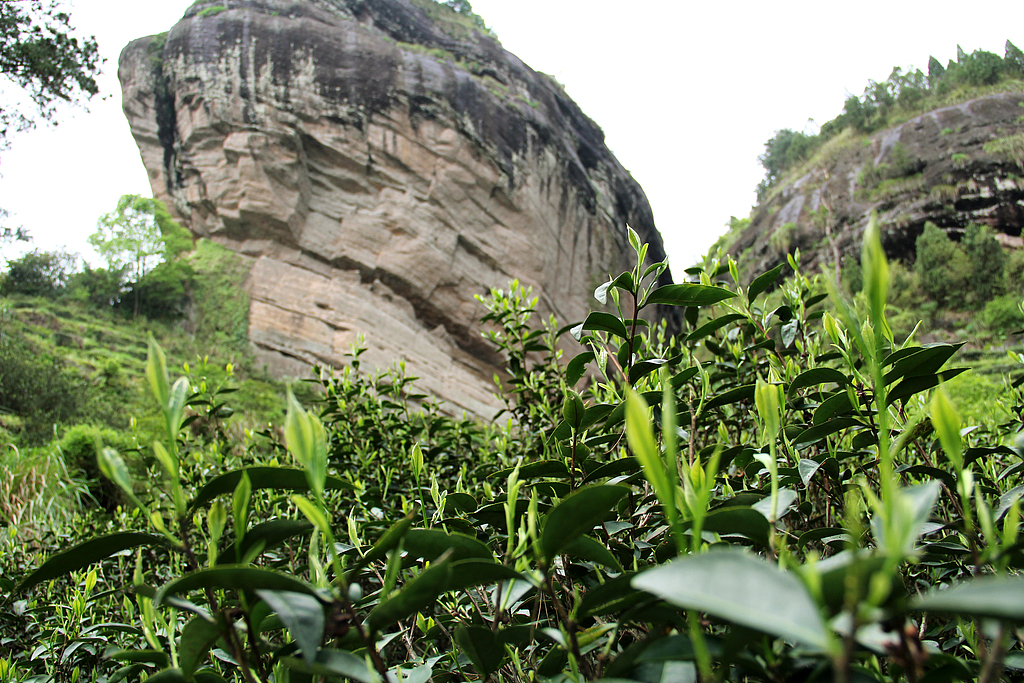
Night Markets in Fuzhou: Join locals at Zhongshan Road for lychee pork and fish balls, while street performers revive ancient Min Opera snippets.
Immersive Cultural Encounters
Maritime Heritage in Quanzhou: Explore the Quanzhou Maritime Museum, where Song Dynasty (960-1279) shipwrecks and Arab tombstones shed light on Fujian's role as the "Start of the Maritime Silk Road". Participate in a traditional ship-building workshop.
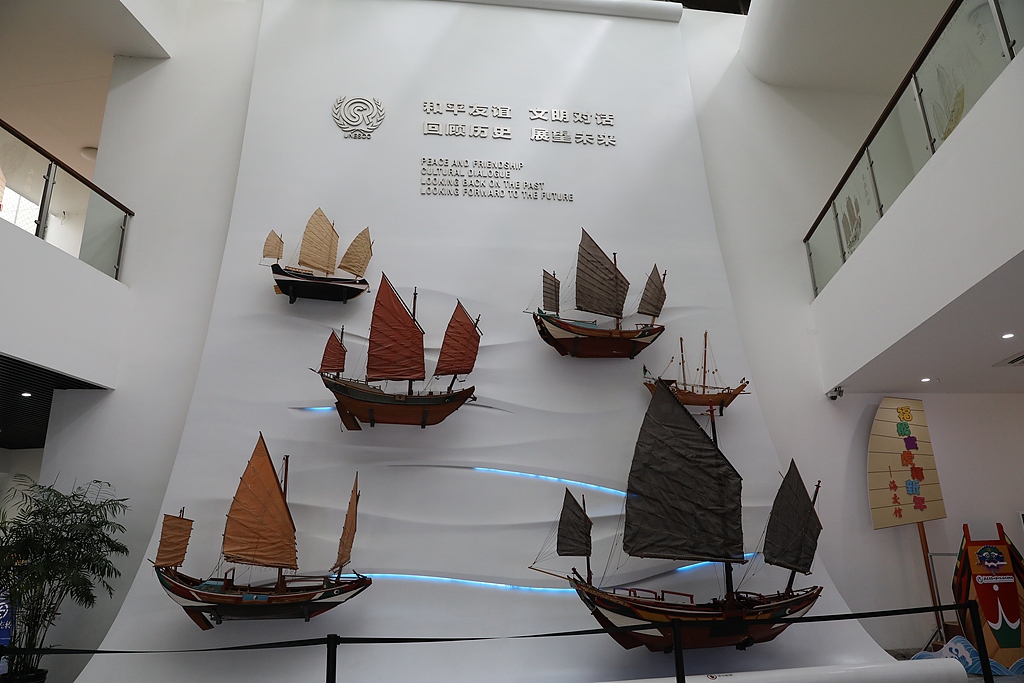
Experience the ancient practice of wearing zanhua — intricate floral hair accessories. Traditionally worn by local women and brides, these fresh or silk flowers are artfully arranged into buns or headdresses, representing beauty, prosperity, and resilience.
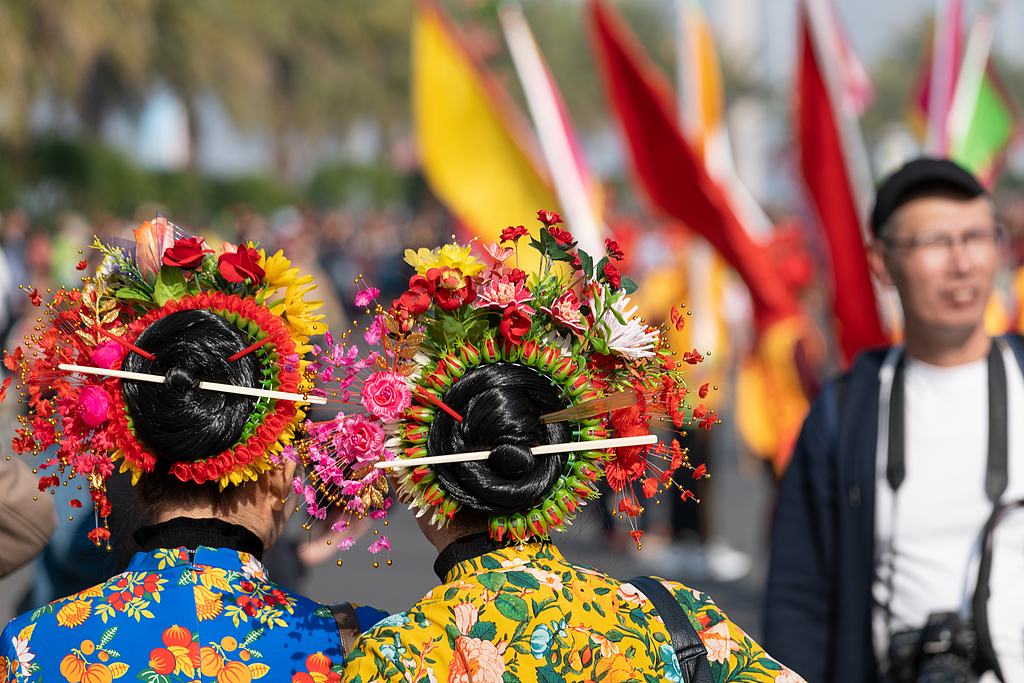
Mazu Pilgrimage in Meizhou Island: Witness devotees honor the sea goddess Mazu with lantern processions and temple offerings, a UNESCO Intangible Cultural Heritage item.
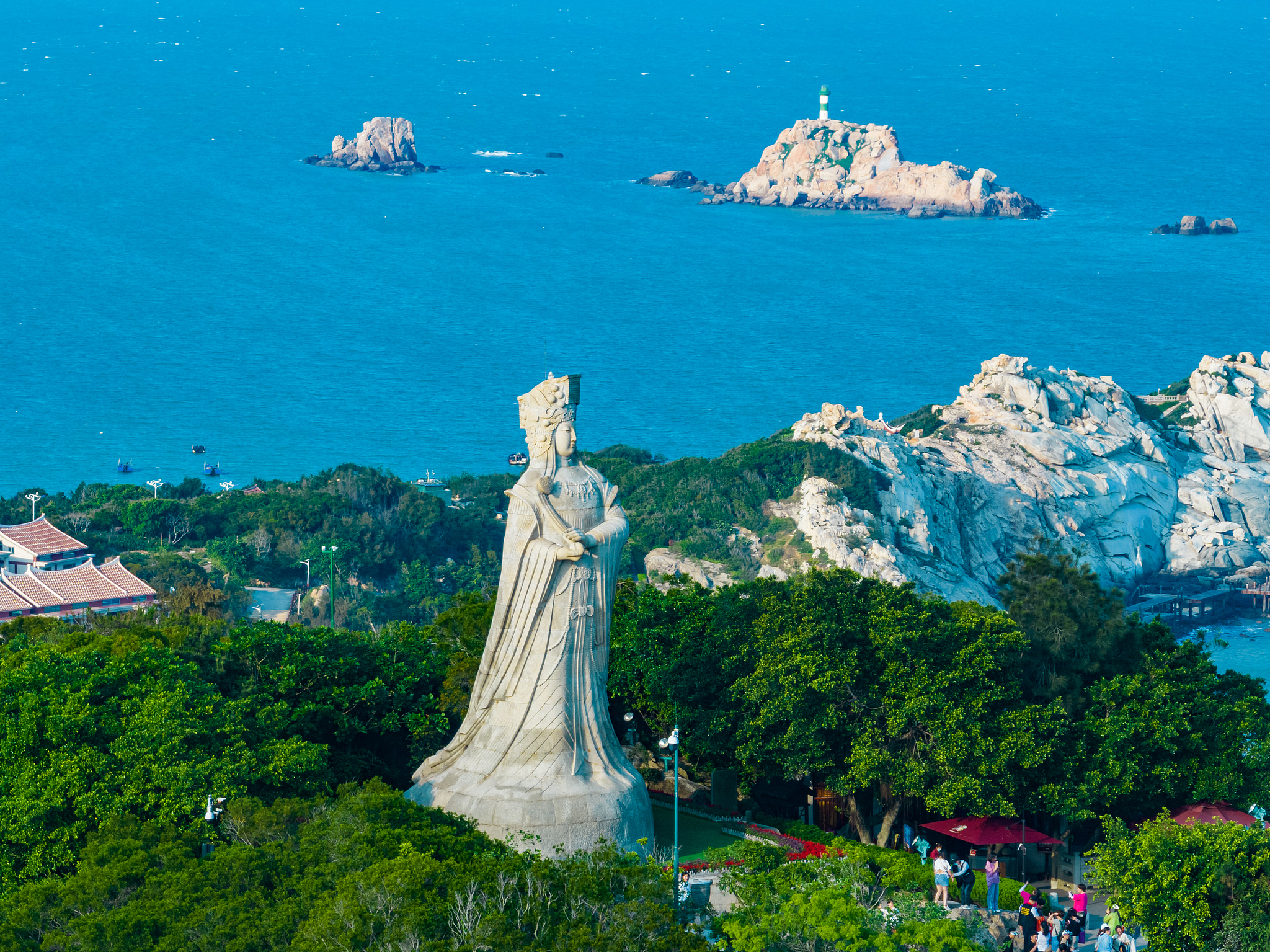
Practical Tips
Best Time to Visit: Spring (March–May) and Autumn (September–November) for mild weather and tea harvest festivals.
Transport: Use intercity trains for efficiency
Language: Learn basic phrases like "hǒ jia" (Fujian dialect meaning yummy); translation apps allow for deeper conversations.